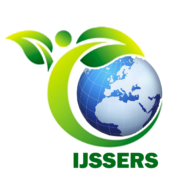Attitude of Bosnian and Herzegovinian Citizens towards LGBT Population
The paper analyses the attitude of Bosnian and Herzegovinian citizens towards LGBT population. The aim of this paper is to determine how the citizens of Bosnia and Herzegovina perceive members of LGBT population, in order to explain the degree of understanding, acceptance, integration, as well as stigmatisation, discrimination and neglect of the members of this population. The core of the paper is the research, carried out on the sample of 314 respondents in the territory of Bosnia and Herzegovina. The research has shown that there are two groups of citizens, both in the range of 35-40% – one that does not support (somewhat or strongly) LGBT people and their struggle for free and dignified status in the society and the other group that supports (somewhat or strongly) the activities of LGBT population. Between these two groups, there is a part of citizens (15-20%) who do not have an attitude towards this issue, are not interested or ignore the presence and activity of LGBT people in their environment.

